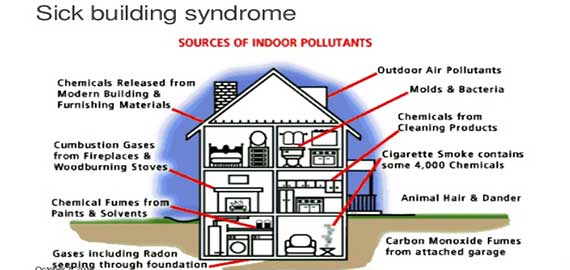- consultation@vastusouq.in
 +91 95 99 039372
+91 95 99 039372  +971 50 559 3403
+971 50 559 3403
BLOG
WHY VASTU Consultation
Vastu Shastra is the scientific study of directions, which aims at creating equilibrium by balancing the different elements of nature and using them for the benefit of humans. There is a great importance of Vastu shastra in our life, as it paves way for happiness and prosperity to knock our doors. Vastu is very rational in the sense that it is based on scientific study and not on assumptions. Also there is surety about its permanency, as it takes into consideration the directions, which are static. Vastu guidelines are universal and very simple and easy to follow. These guidelines can be applied to virtually all types of constructions, be it a house, an apartment, an office, temple, commercial complex, industry etc. Vastu aligns the positive energies of the five basic elements of nature - the solar energy, lunar energy, wind energy, magnetic effects of earth and heat energy of fire, balancing them to bring harmony in the life of a person. In fact, a harmonious life with nature is the theme of Vastu shastra. When there is an imbalance between the five chief elements of nature, it manifests into some sort of agitation, sorrow, failure, poor economic condition and many other negative results for a human being. Vastu Shastra comprises of one of the most suitable ways to overcome such problems. It suggests ways in which you can live in conformity with the laws of nature, so that you remain healthy, be peaceful and work efficiently. So, it is advisable to consult a good vastu expert and follow his/her advice sincerely, when constructing a new structure, buying or leasing a property.
SICK BUILDING SYNDROME
Sick building syndrome (SBS) describes a range of symptoms thought to be linked to spending time in a certain building, most often a workplace, but no specific cause can be found.

The symptoms of SBS may include:
-
Headaches and dizziness
-
Nausea (feeling sick)
-
Aches and pains
-
Fatigue (extreme tiredness)
-
Poor concentration
-
Shortness of breath or chest tightness
-
Eye and throat irritation
-
Irritated, blocked or runny nose
-
Skin irritation (skin rashes, dry itchy skin)
The symptoms of SBS can occur on their own or in combination with each other, and they may vary from day to day. Different individuals in the same building may experience different symptoms. They usually improve or disappear altogether when you leave the building and often return when you re-enter the building.
Who's affected by SBS?
Anyone can be affected by SBS, but office workers in modern buildings without opening windows and with mechanical ventilation or air conditioning systems are most at risk. The likelihood of experiencing SBS symptoms can be higher if you're employed in routine work that involves using display screen equipment. If you or your employees use computer equipment at work, you should ensure that both the equipment and work area are set up correctly and are in line with the Health and Safety Regulations. Women are more likely to develop the symptoms of SBS than men. This may be because more women work in offices, rather than women being more susceptible to the condition.
SBS environments:
SBS seems to be associated with certain types of buildings. Most cases occur in open plan offices, but people sometimes develop the symptoms while in other buildings that are occupied by lots of people such as:
- Schools
- Libraries
- Museums
There have also been anecdotal reports of people experiencing symptoms such as headaches, tiredness and dizziness at home. Although these symptoms aren't necessarily related to SBS, it's important to ensure your home is a safe environment. Make sure you have working smoke alarms fitted and that gas appliances, such as cookers and boilers, are regularly serviced.Make sure you can open the windows to allow you to ventilate your home, and keep your home as dust-free as possible. Keeping the rooms free of clutter and in good decorative order will also help make your home a pleasant environment in which to live.
Risk factors:
Researchers have tried to identify the cause of SBS. As yet, no single cause has been identified. Most experts believe that it may be the result of a combination of things. Possible risk factors for SBS may include:
Poor ventilation
Low humidity
High temperature or changes in temperature throughout the day
Airborne particles, such as dust, carpet fibres or fungal spores
Airborne chemical pollutants, such as those from cleaning materials or furniture, or ozone produced by photocopiers and printers
Physical factors, such as electrostatic charges
Poor standards of cleanliness in the working environment
Inadequate ventilation when using chemical cleaning products
Poor lighting that causes glare or flicker on visual display units
Improper use of display screen equipment
Psychological factors, such as stress or low staff morale
